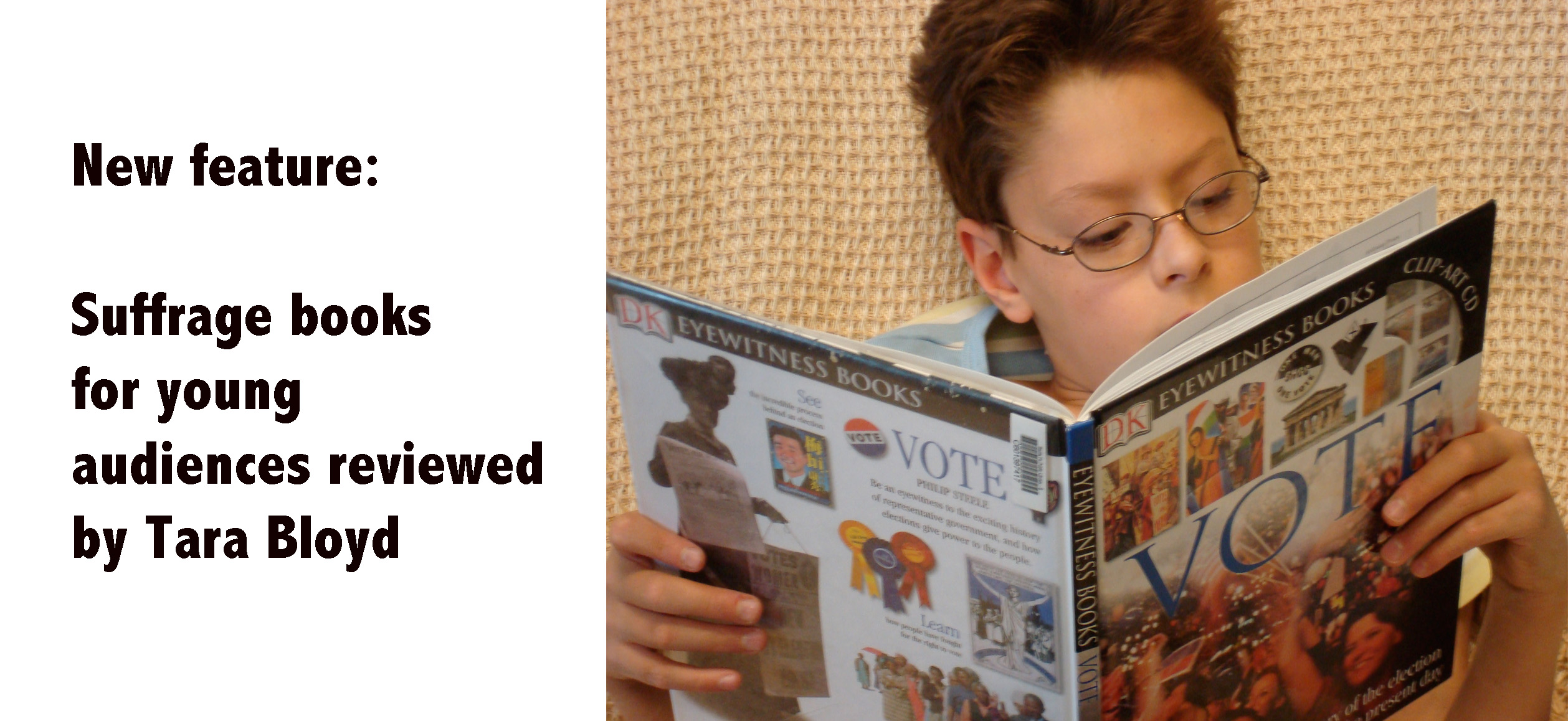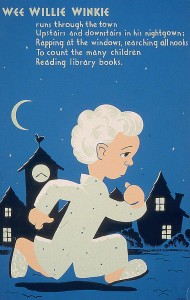 Rightfully Ours: How Women Won the Vote: 21 Activities, by Kerrie Logan Hollihan. Chicago Review Press, 2012
Rightfully Ours: How Women Won the Vote: 21 Activities, by Kerrie Logan Hollihan. Chicago Review Press, 2012
This 130-page book (including index and resources) seems clearly aimed at teachers and parents even though the book cover says it’s for ages 9 and up. The text isn’t written in a particularly compelling fashion, but the information it includes is fairly comprehensive and well-presented. The frequent images, primarily from the Library of Congress, are powerful and grabbing. Were I a child reading the book, though, I suspect I might grow tired of all the black-and-white pictures of “things that happened a long time ago;” they could have been interspersed with more modern line drawings or other depictions that appeal to today’s youth.
Rightfully Ours: How Women Won the Vote is full of facts presented in a non-threatening way and I believe even people most familiar with suffrage history will find at least one or two new tidbits. People who haven’t studied the movement will appreciate reading about Elizabeth Packard (who was imprisoned for disagreeing with her minister husband), Esther Morris (the first woman in the US to serve in public office), Ida B. Wells-Barnett (an African-American suffragist journalist who campaigned fervently to stop lynching), and others.
I was very glad that the book wasn’t simply about upper-class white women: the National Association of Colored Women’s foundation and support of women’s suffrage is discussed, Mary Church Terrell and other non-white women are featured, the labor movement is included, etc. This diversity is often missing in books about suffrage for children.
Chapters in the book include: Lucy Stone; Elizabeth Cady Stanton; Susan B. Anthony; Finding a Platform; Sidetracked by War; One Step Forward, Two Steps Back; Prisoners in a Gilded Age; Rolling into a New Century; Parades, Pickets, and Prison; and Over the Top.
The crafts and activities are very much of the sort that could be completed within a class period and will give kids a physical component to connect to what they’re learning about suffrage and the quest for women’s rights. They include learning what a corset felt like (using an elastic bandage), dressing up like ancient Greeks in the style of suffragists, jumping rope to a suffrage rhyme (I didn’t know that the classic “Miss Luly had a baby, she called him tiny Tim, she put him in the bathtub, to see if he could swim,…” talks about Susan B. Anthony!), designing a suffrage postcard, and more. Some are more complex, including painting china, making a coat-hander banner, and staging a reader’s theater for suffrage. My children weren’t incredibly excited by any of the activities, but they weren’t repelled either and I could easily see an involved, enthusiastic teacher using this book with an engaged class.
The problem, of course, is that most teachers cover the suffrage movement in passing if at all. For many reasons, including the need to “teach to the test,” students are unlikely to spend more than a single class period learning about the quest for women’s rights. I think it would be very difficult for a teacher to distill the information in this book into a single lesson plan. Because of that, I feel that the book would be more useful either for a homeschool unit, for out-of-school enrichment, or for anyone who’s interested in the suffrage movement to read on their own.
Graphic below: Library of Congress.
Tara Bloyd is a writer and the great granddaughter of suffragist Edna Kearns.

